Why Geofencing Is the New Standard for Industrial Workplace Safety

Introduction
Heavy machinery, hazardous materials, and restricted zones are all part of the daily routine in high-risk industrial environments. Accidents involving moving equipment potentially lead to severe injuries or fatalities, especially in areas with limited visibility or foot traffic. Meanwhile, hazardous materials, such as flammable chemicals and toxic substances, require strict handling. Any accidental exposure may pose a long-term health impact on workers. When it comes to unauthorised access to restricted zones, effective measures should be implemented to prevent serious safety breaches or operational disruptions.
Together, these elements create a complex, high-stakes environment where the margin for error is small. That’s why maintaining strict safety protocols, real-time monitoring, and access control is essential. However, traditional monitoring systems often struggle to provide real-time oversight, leaving gaps that may lead to costly accidents or violations. Geofencing technology is quickly changing that.
Once used primarily in logistics and marketing, the solution is now being adopted across industrial sectors as a smart, location-based safety solution. By automating responses and creating virtual safety boundaries in industrial zones, this technology enhances situational awareness, reinforces safety protocols, and boosts overall accountability. In this article, we will discover its role in reshaping workplace safety and why it’s becoming the new industry standard.
Key Takeaways:
- What Does Geofencing Mean?
It is a location-based technology that creates virtual boundaries around specific physical areas with digital tools.
- Where to Set Up Different Types of Geofences?
-
- Entry/exit zones
- Restricted areas
- High-Risk zones
- How Does Geofencing Support Personnel Protection?
-
- Real-time alerts
- Movement tracking
- Incident prevention
- Compliance support
- How Does Geofencing Enhance Workplace Safety?
-
- Geofenced check-in/out
- Automated safety checks
- Secure emergency communication
Fundamentals of Geofencing
What Is Geofencing in Industrial Safety?
It is a location-based technology that creates virtual boundaries around specific physical areas. Aided by tools like GPS, RFID, Wi-Fi, or Bluetooth Low Energy (BLE), this technology enables real-time tracking of personnel and equipment within these digital zones.
When a device, such as a mobile phone, wearable tag, or machinery sensor, crosses into or out of a defined area, the system automatically responds. It logs the event, sends alerts, or activates safety protocols to help improve visibility, streamline operations, and, most importantly, enhance safety.
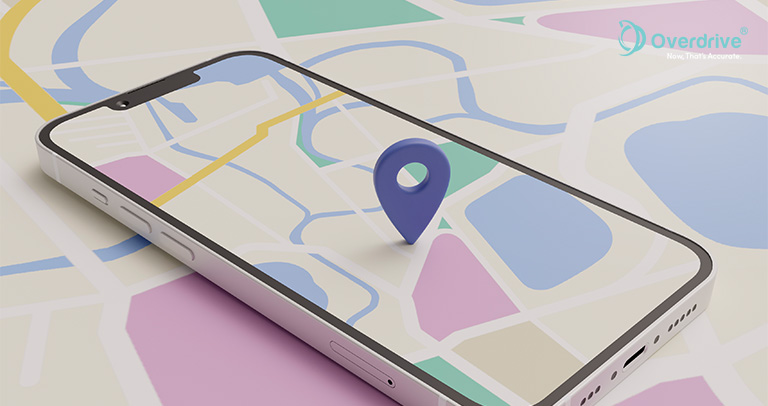
What Are the Types of Geofences in Industrial Settings?
The technology enhances industrial safety by making location awareness actionable. It can be tailored to suit various safety and operational needs within industrial environments. Here are the most common types of geofences used in industrial settings:
1. Entry/Exit Zones
These geofences are set up at key access points like facility entrances or work zones. They’re used to automate check-in/check-out processes, monitor shift changes, and log attendance. This reduces manual tracking errors and ensures that only authorised personnel are present during scheduled hours.
2. Restricted Areas
In areas where only trained or authorised staff should be allowed, this technology acts as a digital gatekeeper. For example, if an unauthorised person enters a chemical storage room, the system can instantly alert supervisors or security teams for a quick response.
3. High-Risk Zones
These zones include environments that pose a higher threat to worker safety, such as confined spaces, elevated platforms, or active construction areas. Geofencing in high-risk zones enables tighter control by ensuring that only cleared personnel enter. Alerts can be generated in real-time when unauthorised access occurs, allowing for rapid response to potential hazards.
What is its Core Functionality?
After understanding the different types of geofences used in industrial settings, the next step is to look at how the system works on the ground. It is a digital system that uses location-based technologies, such as GPS, RFID, or Wi-Fi, to create virtual perimeters around physical spaces. When a person or device enters or exits these defined zones, the system automatically triggers a programmed action.
This seemingly simple concept unlocks powerful capabilities for industrial workplace safety. It enables organisations to monitor personnel movement, automate compliance checks, and respond to hazards promptly. For example, it can ensure that workers can only check in when physically present on-site.
1. Define a Zone
The first step is to set up a virtual boundary around a specific location. This may be an entire facility, a single worksite, or a restricted area. Using GPS coordinates (latitude and longitude) along with a specified radius, the system creates an invisible perimeter that will monitor movement in and out of the area.
Next, workers or equipment are tagged using RFID badges, mobile devices, or BLE-enabled wearables. These tags communicate with the geofencing system, allowing it to detect when someone enters or exits a designated zone. This tagging system is crucial for personnel tracking, verifying access permissions, and maintaining accountability across the site.
3. Trigger Events
Once the geofence and tags are in place, the system is ready to respond in real time. When a tagged individual crosses a virtual boundary, the system can automatically trigger a range of actions. These include sending an alert to supervisors, logging entry and exit times, activating alarms, or initiating safety protocols like equipment shut-off or evacuation procedures. With these automated triggers, businesses can help reduce human error and ensure timely responses to potential risks.
What are the Principles of Personnel Protection?
After understanding how geofencing works and the types of zones it can create, we now turn to its core purpose—protecting personnel in high-risk industrial environments. Not only does it run like a , but the technology also supports proactive safety management. Let’s explore how it can be a smart workforce protection system:

1. Real-Time Alerts
Receive instant notifications when a worker enters or exits a designated zone. This allows supervisors to monitor access to restricted or high-risk areas. If someone enters without proper clearance, they can respond immediately.
2. Movement Tracking
Track the location and movement of personnel across the site to ensure they remain within authorised areas. This visibility helps detect unsafe behaviours or route deviations before they become incidents.
3. Incident Prevention
By digitally enforcing boundaries around hazardous zones, the technology helps prevent accidents before they occur. In emergencies, it supports faster decision-making and response by identifying who is in affected areas in real time.
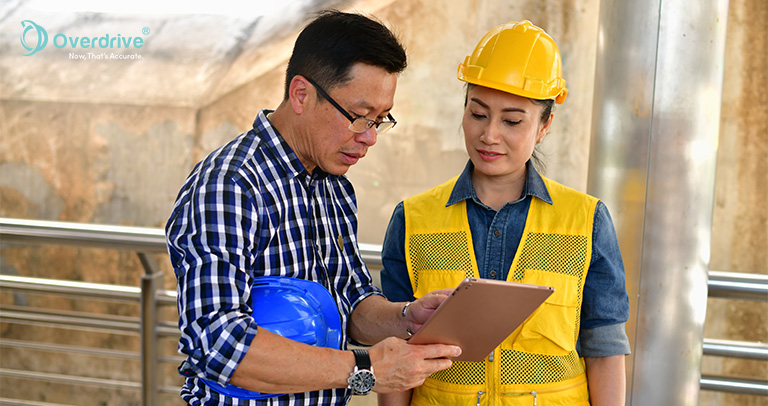
4. Compliance Support
Geofencing also supports compliance by verifying that workers operate only in permitted zones. This data can be logged and used to demonstrate adherence to regulatory and safety standards during audits or inspections.
A Holistic People Tracking Solution
Building on the core principles of personnel protection, it’s clear that geofencing offers more than just location tracking. The technology also serves as a comprehensive real-time safety solution that adapts to the growing complexity of industrial operations.
As worksites expand across larger areas and multiple locations, maintaining safety standards also becomes more difficult. Supervisors can no longer rely solely on manual check-ins, static alarms, or scheduled patrols. These traditional methods often lag behind the fast pace of dynamic job sites, leaving critical gaps in oversight.
The technology fills those gaps by offering real-time tracking, automated alerts, and zone-based control, making it easier to monitor worker safety at scale. It enables operations teams to maintain situational awareness across multiple sites, identify unauthorised movements, and respond to incidents faster than ever before.
This shift toward smarter safety solutions is backed by data. A national workplace survey found that 58% of blue-collar households have experienced job-related injuries requiring medical care. This statistic highlights the urgent need for more proactive, tech-driven, real-time safety monitoring systems.
What are the Operational Mechanics in Workplace Safety?
As geofencing becomes more widely adopted in industrial environments, its value lies not just in where people are, but in what the system can do with that information. Apart from passive tracking, the technology enables real-time, automated processes that enhance safety, streamline workflows, and support compliance.
Take a closer look at the key operational mechanics that make the technology an indispensable workplace safety tool:
1. Geofenced Check-In/Out
Workers can only clock in or out when they are physically present within a designated zone. This confirms their safe arrival on-site and verifies the completion of shifts within approved areas. It’s especially effective for mobile or remote teams, like security staff or field technicians, who don’t work from a fixed location.
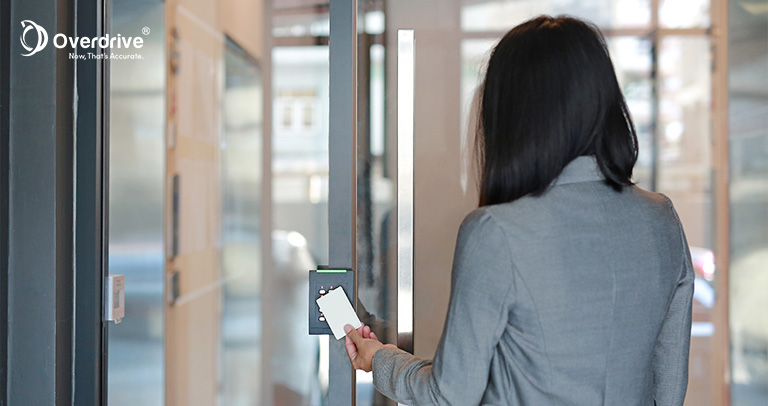
2. Automated Safety Checks
Employers can schedule routine safety check-ins during shifts, which must be completed inside the geofence. This ensures that workers are not only present but also actively engaged in assigned tasks. Safety checks can be tied to specific activities, including gate inspections or patrol verifications. They are logged with GPS data for added accountability and traceability.
3. Secure Emergency Communication
During emergencies, geofencing enables workers to send real-time alerts that pinpoint their exact location. From a site breach, injury, to other urgent events, this feature supports rapid communication between employees and supervisors. With real-time visibility, management can quickly assess the situation, deploy help, and take necessary action to contain or resolve the issue.
What Do Key Statistics and Insights Say About Geofencing?
As businesses increasingly prioritise safety, efficiency, and digital transformation, geofencing workplace safety solutions are rapidly gaining traction across industrial sectors. The data reflects this momentum, highlighting the rising adoption and successful implementation.
1. Explosive Market Growth
The global geofencing market is projected to grow from US$ 1.87 billion in 2022 to US$ 9.6 billion by 2032. This remarkable growth indicates rising demand for employee location tracking technology and real-time monitoring tools across industries. Organisations are recognising that automated, location-based systems can bridge safety gaps, especially in dynamic industries like logistics.
2. Key Considerations for Implementation
Before integrating the technology into your safety strategy, several practical factors should be evaluated:
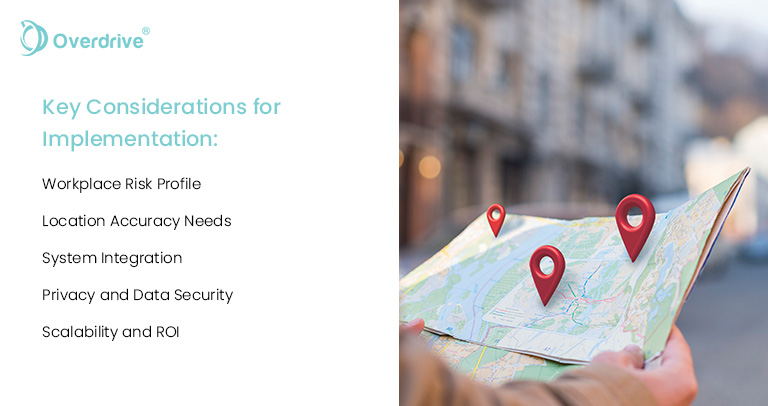
- Workplace Risk Profile
Consider the nature of your operations. High-risk sectors, such as construction or utilities, often benefit the most from geofencing. The technology allows businesses to create virtual safety perimeters and implement proactive hazard management tools.
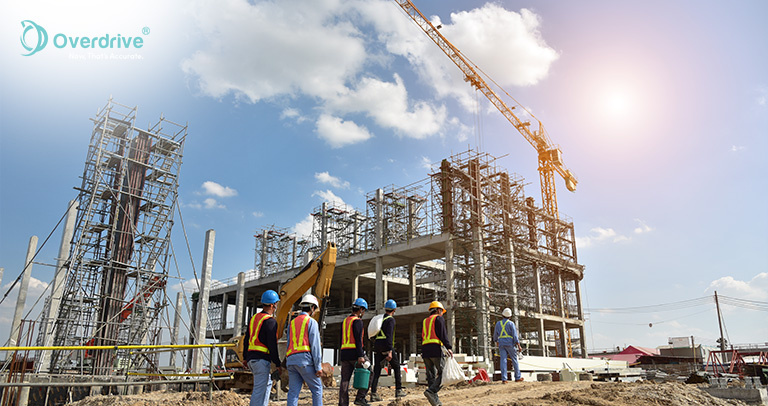
- Location Accuracy Needs
Choose the right underlying technology, including GPS for outdoor tracking or BLE/RFID for high-precision indoor monitoring. Accurate positioning is vital for keeping geofencing alerts timely and relevant.
- System Integration
For maximum impact, these systems should integrate smoothly with your existing safety infrastructure. For instance, the workforce management apps and access control systems. This creates a centralised platform for both employee tracking and operational oversight.
- Privacy and Data Security
As with any location-based tool, protecting employee data is essential. Always use secure, encrypted communication protocols to prevent unauthorised access. Additionally, ensure your systems comply with local privacy regulations to maintain trust and avoid legal complications.

- Scalability and ROI
Look at the long-term benefits. Geofencing can significantly reduce workplace incidents, improve compliance documentation, and simplify audits. These savings often yield a strong return on investment over time.
Frequently Asked Questions
1. Can geofencing be used in remote or hazardous job sites?
Yes. When integrated into a broader personnel tracking solution, the technology enables supervisors to track worker locations. It can ensure compliance with safety protocols and respond quickly if something goes wrong.
2. How does geofencing help with regulatory compliance?
These systems can automatically log personnel movements, access attempts, and safety violations. These records help businesses demonstrate compliance with occupational safety regulations and provide useful data during audits or investigations.
3. Can geofencing integrate with other workplace safety systems?
Yes. It often works alongsidepeople tracking solutions, man-down detection, and real-time location tracking systems, forming part of a comprehensive safety and workforce management platform.
Conclusion
Geofencing is changing the way we keep workplaces safe, making it easier to track, alert, and manage people in high-risk industrial areas. As industries embrace digital transformation, the integration of this technology with IoT platform solutions is no longer a futuristic concept but a practical necessity. This powerful combination supports smarter, data-driven safety protocols that improve visibility, accountability, and overall operational control.
As a leading IoT company in Singapore, Overdrive is empowering businesses with scalable technologies tailored for complex work environments. We are committed to strengthening your site’s safety strategy.
Ready to take the next step? Contact us to discover how to transform your site’s safety and efficiency.



